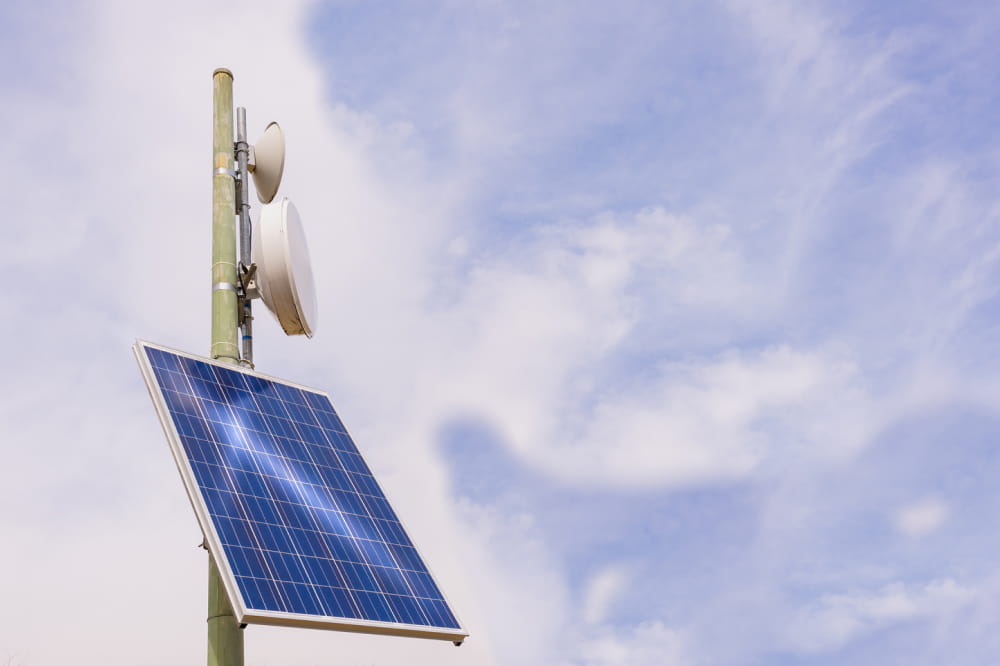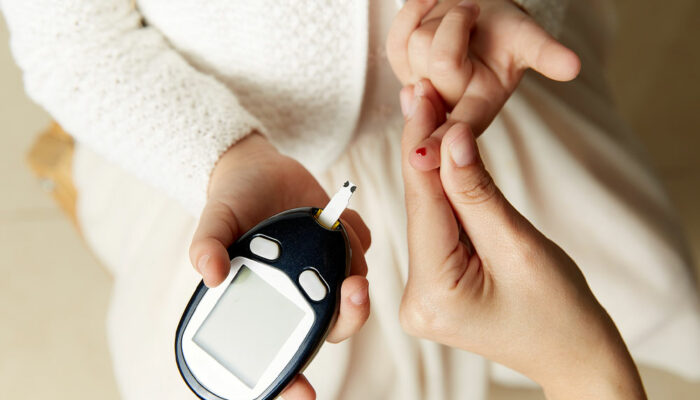7 reasons why homeowners should invest in solar power generators

Solar power has become increasingly accessible and popular in the last few years. This is because most homeowners want reliable emergency backup power, especially in areas more susceptible to natural disaster-related blackouts. Moreover, solar energy is clean and can be collected and stored using solar panels and generators, and later, one can use it to power electrical devices. Keep reading to learn about the reasons to have solar power generators at home and its advantages.
What are solar power generators, and how are they different?
Typically, gas-powered generators utilize an internal combustion engine which provides the mechanical power needed to create a current of electricity. But in the case of solar power generators, the solar battery stores energy sourced from the sun with the help of solar panels. The energy generated can be used to easily provide emergency power backup for the whole house whenever necessary. Note that one must have an inverter to convert the energy, i.e., direct current (DC) into alternating current (AC).
Top reasons to have solar power generators at home
Reliability
While fuel-powered generators have proven useful for years, one cannot deny their part in damaging the environment. But as mentioned previously, solar power generators source their energy from the sun. This means that these generators can prove reliable even during extreme weather conditions. Plus, the generation of electricity using solar power does not have any global warming-related emissions. So, Solar energy is not only reliable but also eco-friendly.
Facilitation of indoor usage
Most people that have utilized gas-powered generators at home know the problems involved with their usage and storage. These may be portable but need a constant supply of fuel (fossil fuel) and a special area outdoors to keep them. But keeping high amounts of gasoline in a single area is extremely dangerous and impractical. Plus, these generators produce harmful emissions – carbon monoxide, benzene, carbon dioxide, and formaldehyde, which can cause cancer. Therefore, most people using them to power their houses may need to keep these generators at a safe distance.
On the other hand, solar-power generators provide clean power without the constant worry of emissions and odor. Furthermore, they do not contribute to noise pollution and other issues as they are comparatively silent and can be kept inside the premises of the home.
Help save costs
Although investing in solar power generators can seem expensive – $1000 to $15,000 or more, it can generate electricity that is renewable, clean, and free! This can help one significantly reduce electricity bills without any compromises on quality.
Besides this, when one invests in solar energy or solar power generators, one may receive multiple tax credits, thus reducing one’s liable tax amount. But, here one must remember to contact their local government officials to understand the incentives provided by the government to promote the usage of solar power. This can help one effectively save costs in the long run.
Increase in home value
One of the best reasons to have solar power generators at home is that they can help one increase the value of the house ( in the case of a sale). In some areas across the country, a few estimates have gone as high as adding 5-10% to the value of the house. Plus, because solar power is clean and renewable, it can aid the buyer in considering their reduced future costs in terms of electricity bills and tax rebates.
Portability
Some solar power generators provide the comfort of portability, meaning aside from powering the house, they can be carried around. Thus, one can use the stored renewable energy from the generator’s battery to power the necessary devices in emergencies. Most portable solar power generators are small in size. So, they can fit in small compartments and can be removed for use during emergencies. This can prove beneficial, especially in areas prone to floods, heavy snowfall, hurricanes, and other natural disasters.
Versatility
When trying to use the energy stored in these solar power generators, one will need an inverter to convert DC into AC. Fortunately, most portable solar power generators come with inverters that can be utilized to power one’s devices. Over and above this, these solar power generators possess the “charge through” capability. This means one can easily charge the generators and power important devices at the same time. Additionally, some generators, especially those with advanced features, can change their charging speed and wattage. This can prove useful when trying to ration the stored energy in emergency situations.
Low maintenance
Solar-powered generators are much easier to use and maintain than gasoline-powered ones. This is because the latter works like cars and needs routine cleaning, inspections, and maintenance. Then, in addition to paying for these inspections, one must invest in certain filters, oils, and fuel to ensure the machine works properly whenever needed.
Comparatively, solar power generators have a minimal number of parts. Further, they do not need fluids and lubrication to ensure their longevity. All one has to do in terms of maintenance is to charge and discharge the machine regularly. Cleaning the exterior is easy too, as one needs just to wipe the solar panels clean of dust or debris.
Finally, in addition to the reasons mentioned above to have solar power generators at home, one can examine other reasons, such as fast charging capabilities, safety, and a plethora of choices regarding energy capacity and efficiency. Plus, it lessens the user’s carbon footprint and contributes to mitigating global warming.

